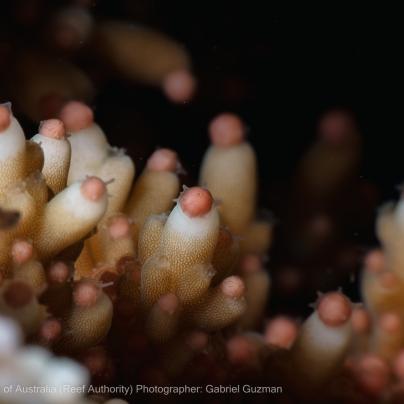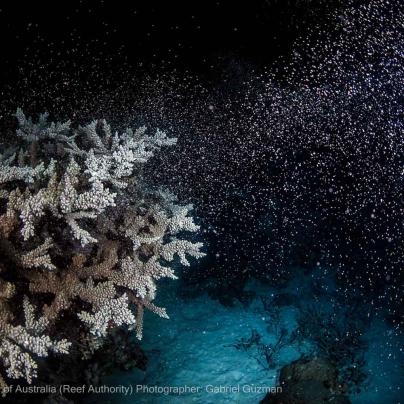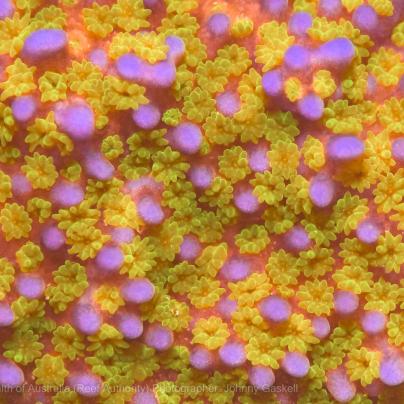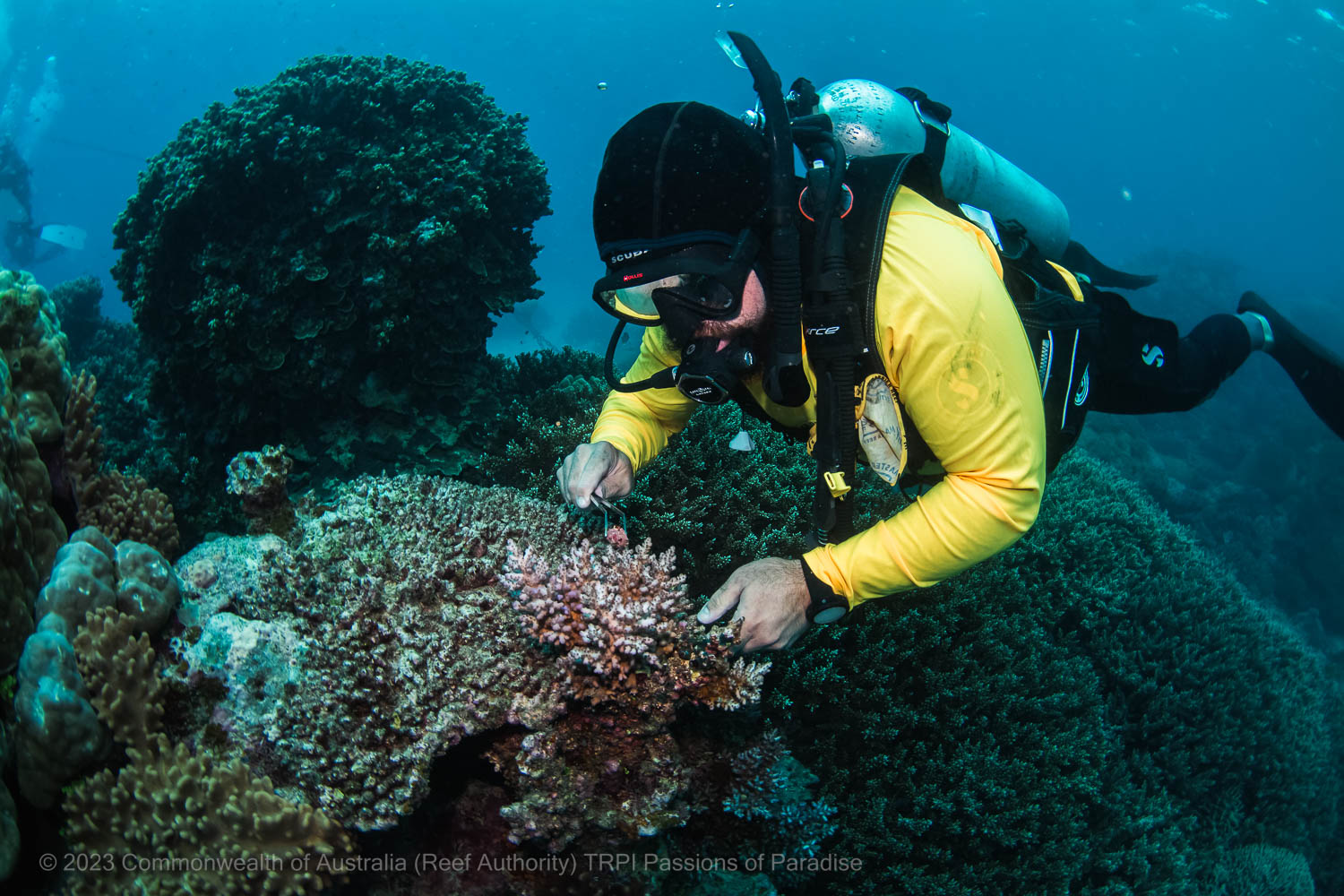What is coral spawning?
Coral spawning is one of the Great Barrier Reef's most spectacular events - where coral polyps release their eggs and sperm into the water to regenerate the future generation of corals. Triggered by water temperature and the lunar cycle, corals usually spawn on the nights following the October, November, and December full moons - depending on the location of the reef.
During spawning, entire colonies of coral release their eggs and sperm simultaneously, creating a snow-storm like phenomena. Once the sperm fertilises the eggs, they develop into tiny, free-swimming larvae called planulae. These larvae eventually settle on the reef substrate, growing into new coral colonies that can help repopulate reefs. This event is the most significant annual event for the future health of the Great Barrier Reef.
Coral spawning is essential for the health of coral reefs, as it boosts genetic diversity and helps the ecosystems resilience to the mounting pressures impacting coral reefs around the globe. Understanding coral spawning is crucial for protecting and managing coral reefs.
The importance of coral spawning
Coral spawning is essential for maintaining - and for the future - healthy coral reef ecosystems on the Great Barrier Reef.
Triggered by a number of natural factors, millions of egg and sperm bundles are released by coral polyps. Once fertilised, the eggs develop into planulae, which float in the water for several days or weeks before settling on the reef. These newly settled larvae begin to bud and grow into new coral colonies. The resilience of these corals is vital for the long-term health and resilience of the Reef.
Like all living things, reproduction is an energy intensive and stressful event for all species - and corals are no different. With mounting pressures on the Great Barrier Reef - from bleaching to extreme weather impacts - protecting corals with reproductive capabilities has never been more important. These spawning corals - which have survived multiple bleaching events - are genetic gold for Reef resilience. The transfer of their resilient genes to the next generation of corals will be pivotal for the long-term survival of the Great Barrier Reef.
Our ongoing management actions are assisting in this protection through actions addressing poor water quality, illegal fishing and direct interventions - such as controlling coral eating predators through the Crown-of-thorns Starfish Control Program.
Coral spawning facts
- Commonly referred to as 'sex on the Reef', coral spawning often attracts the attention of avid divers, the science community and Marine Park managers.
- Coral spawning is a mass-synchronised event where entire coral colonies release their eggs and sperm bundles simultaneously, creating a spectacular underwater display.
- This event typically occurs one to six nights after the October, November and December full moons, with many corals relying on the moon's light and gravitational pull to time their spawning.
- The released bundles can be colorful, appearing as clouds of pink, yellow, and orange, resembling an underwater snowstorm.
- Coral spawning usually happens at night, which helps protect the vulnerable eggs and sperm from predators.
- Using safety in numbers, many other marine species will spawn alongside the corals. Invertebrates, sponges and more will often spawn at the same time.
- After fertilization, the eggs develop into tiny larvae called planulae, which float in the water for several days or weeks before settling on a suitable substrate.
- The corals that successfully spawn after bleaching events carry genetic traits that can help future generations withstand mounting pressures from climate change, poor-water quality and other threats.
- Spawning is one of the most energy-intensive activities for corals. Corals recovering from prior impacts - such as coral bleaching - may not be healthy enough to reproduce.
- Coral spawning is the most significant event to preserve the future health and resilience of coral cover on the Great Barrier Reef.



Report coral spawning on the Great Barrier Reef
Whether you're fortunate enough to witness coral spawning at night, or see the slicks of spawn on the water's surface, we want to know! Submit your sightings of coral spawning and include any images you may have via our Eye on the Reef app.
This data helps the Reef Authority gain a better understanding of Reef health, the reproductive capacity of corals on the Great Barrier Reef and helps guide our management actions.


